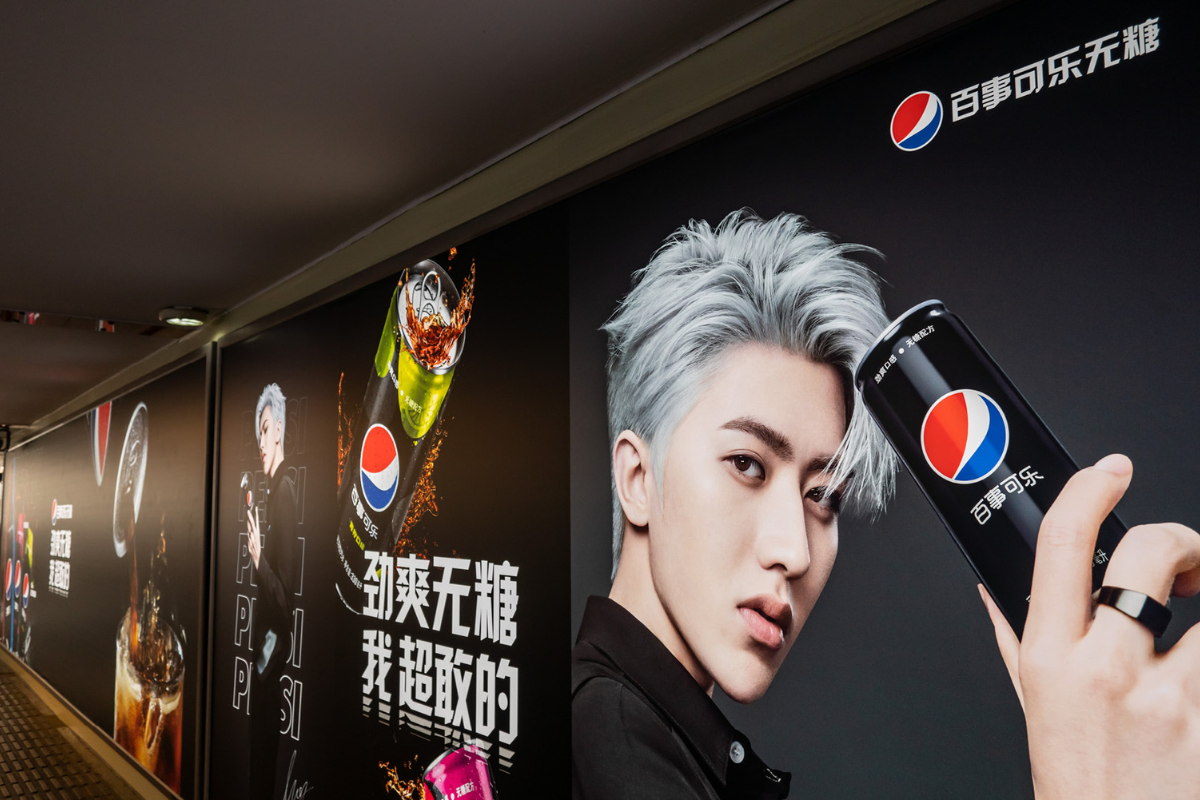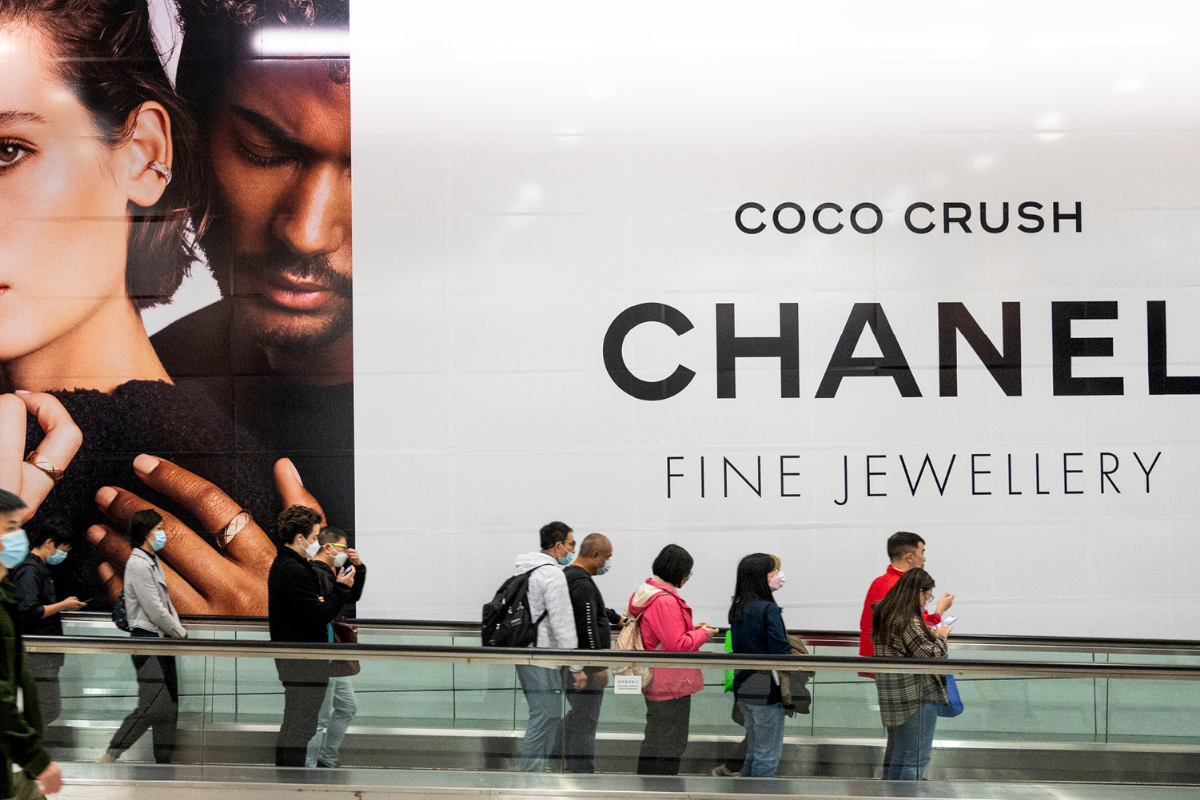When Starbucks opened its first store in the Kingdom of Saudi Arabia in 1992, coffee fans were quick to notice a tweak to its famous green, black and white logo. Gone was the mermaid with wavy hair. All that remained was her crown, floating on waves in the water.
Somewhere between Seattle and Riyadh, the mermaid was deemed morally inappropriate for Saudi citizens.
Today’s businesses are cross-border entities, entering markets that don’t always share a language or culture. Your logo, name – or even something as seemingly innocuous as your brand colors – could be lost in translation and hinder your chance for success from the get-go.
It’s something Casey Jones has experienced firsthand.
“One of our clients, a leading tech company, was looking to expand into the Middle East,” Jones, Founder and Head of Marketing & Finance at Australian Digital Marketing CJ&CO, tells The CEO Magazine. “They had a vibrant, colorful brand identity that resonated well in their home market.
“However, our research indicated that their brand colors, which were seen as energetic and innovative in their home market, were associated with frivolity in the Middle East markets they were targeting.”
Fortunately, the tech company in question had engaged in research to understand the intricate nuances of cross-culture branding and was able to adapt their visual identity to retain its core essence while resonating with their new audience – before they launched in the market.
Along the way, they avoided the fate of some of the biggest brands in the globe who have bungled international launches, such as Nokia’s Lumia cell phone, a word that translates into prostitute in Spanish, and Mitsubishi’s Pajero, another word that doesn’t translate favorably into Spanish either.

Speaking in Tongues
“Language is a critical aspect of cross-cultural branding,” Jones explains. “It’s not just about translating words but about conveying the right meaning and emotion.”
Brands can stumble by relying on direct translations that miss cultural idioms and nuances. Instead, Jones advocates for localization.
“This means going beyond translation to adapt the brand message to local culture and context,” he says.
Another common pitfall, he continues, is the assumption that what that works in one market will work in all.
“Language is a critical aspect of cross-cultural branding.” – Casey Jones
“This can lead to costly mistakes,” he says, citing the example of Coca Cola, whose first attempt at translation into phonetic Chinese in the 1920s resulted in a name that sounded like ‘bite the wax tadpole’. (The brand has since made tweaks to its moniker to arrive at a much more appealing ‘happiness in the mouth’.)
To avoid costly mistakes, Jones explains that it is essential to conduct thorough market research and test branding elements in each market before launching.
“However, amid all these adaptations, it’s crucial not to lose sight of the brand’s core identity,” he cautions.
Keep it Simple
“Brands are a crowded space,” says Martin Roll, a brand marketing consultant and author of the bestseller Asian Brand Strategy – How Asia Builds Strong Brands.
“What you need to do is boil it down into the strategic intent,” he continues. “You have to ask yourself why does our brand matter to people? If it didn’t exist, would the world be very different without it? If you unplugged Apple, BMW or some of these very iconic brands, it would mean a lot to people.”
Roll says he sees all too often brand leaders who try to include too much.
“I have spent most of my career taking off, peeling away the elements from the brand in order to get to the distinct core,” he says. “But it’s not about adding. You have to get it as simple as possible.”
The less cluttered it is, the more your brand can travel.
“You have to be very careful. We live in a very aware world, where you can quickly hit on religious issues, gender taboos, political outfall and socio-economic distinctions,” he says. “So the number one rule is to keep it simple.”

Local Lessons
Once you’ve distilled the essence of your brand, it becomes much easier to add on elements that make your product or service more appealing to a local context.
Roll calls Unilever the classic example of a global brand that has pioneered products that address local sensitivities and points to its Indian subsidiary, Hindustan Unilever Limited, as a particular leader.
“They serve a customer base that aspires to consume products but in smaller quantities and at (lower) prices,” he says.
“We live in a very aware world, where you can quickly hit on religious issues, gender taboos, political outfall and socio-economic distinctions.” – Martin Roll
To serve them, they rolled out small sachets of shampoo that retailed for less than one Indian Rupee (US$0.01). So successful was the strategy that other brands started to follow with detergent, coffee powder and toothpaste in similar-sized packaging.
While you’re always going to face local taste buds, local roadblocks and local competition, Roll emphasizes the importance of steering clear of trying to demonstrate that you’re better than local competition.
“You would rarely win,” he says. “You’re either just an alternative or you co-exist.”

A Mixed Basket
What is critical is who you turn to as you push into different cultures. “You want a basket of different insights,” Roll says.
In China, for instance, he says he would read market data, study local competition, connect with young people, grassroots and outliers and then watch it for himself. “When you sit in the ivory tower doing strategy, the danger is that you miss an understanding of the market.”
Former L’Oréal CEO Lindsay Owen-Jones knew exactly that as he built the beauty brand into a world leader. “He spent at least three days traveling the world, visiting hairdressers, consumers, Hollywood stylists, celebrities, the average Joe,” Roll says.
Without it, he would never have picked up the incremental and game-changing insights that led to constant improvements and product innovations.
One such insight was in the Chinese market, where the brand came to the realization that households only had cold water. “Shampoos are based on warm water usage so they changed formulas to work equally well in cold water,” Roll says.
The Final Ingredient
There’s one final, yet crucial, ingredient to the cross-border branding mix: agility.
“You have to stick to your brand DNA, but you’ve also got to be agile,” Roll explains. “You should always be keeping your ears to the ground and acting as a cultural nomad as a brand, because that allows you to make slight adjustments here and there.”
Because you never know what subtle insights that you get out of the frontline anywhere in the world might be the key to elevate your main brand.
Say What?
Big brands with product names that flopped abroad include:
Mercedes-Benz: When Mercedes-Benz arrived in China, it chose the name Bensi for the local market. What the German car brand didn’t realize at the time was the meaning: “rush to die.”
Schweppes: What’s a gin without a Schweppes Tonic water? Except in Italy, where the literal translation is Schweppes toilet water. Not as appealing a combination.
Pepsi: Another example of a translation gone wrong in the Chinese market, Pepsi’s “Come Alive, You’re the Pepsi Generation” slogan was interpreted as “Pepsi brings your ancestors back from the grave”.







